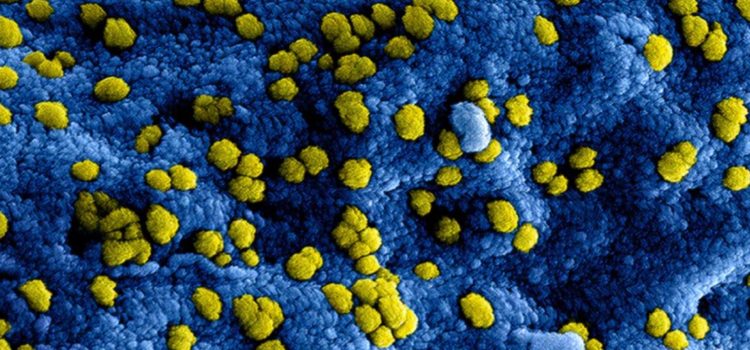

This article is an excerpt from the Shortform summary of "The Immortal Life of Henrietta Lacks" by Rebecca Skloot. Shortform has the world's best summaries of books you should be reading.
Like this article? Sign up for a free trial here .
How have HeLa cells been used to understand viruses? What is the connection between HeLa cells, HPV, and cancer progression? Did Henrietta suffer from HPV-18?
HPV-18 is a particularly severe form of HPV. After examining original tissue from Henrietta Lacks, HPV of this strain was found. Studies of HeLa cells and HPV can explain the fatal progression of Henrietta Lacks’s cancer.
Read more about HeLa cells, HPV, and theories about immortality using HeLa cells.
While Henrietta’s surviving family was suffering, her cells were still thriving—and helping to study and treat viruses like Human Papilloma Virus (HPV) and Human Immunodeficiency Virus (HIV).
Henrietta Lacks: HPV Found in Original Tissue
About a year before the appearance of Gold’s book, a german virologist discovered an especially virulent strain of HPV: HPV-18. Once he discovered that the HeLa cells in his lab tested positive for the strain, he requested a sample from Henrietta’s original tissue to rule out the possibility his HeLa cells were contaminated. He found that Henrietta had been infected with multiple copies of HPV-18.
HeLa Cells, HPV, and Cancer
As HPV research progressed throughout the 80s—the German virologist would eventually be awarded the Nobel Prize for developing an HPV vaccine—scientists were able to determine precisely how Henrietta’s cancer started. HPV infects cells by inserting its DNA into its host and causing the host to turn cancerous; in Henrietta’s case, the HPV DNA in her cervical cells turned off a tumor suppressor gene. HeLa cells and HPV have a clear connection.
Immortality and Other Theories
Although scientists were able to discover the root cause of Henrietta’s cancer, they were at a loss to explain why her cells flourished so incredibly in culture. Henrietta’s Clover relatives, however, had their own theories: Divine punishment for leaving Clover or original sin, or malevolent spirits. Henrietta’s cousin Sadie even wondered whether Henrietta’s insides had been colonized by something from outer space.
Ironically, some scientists at the time were asking a related question: Were HeLa cells even still human? The scientists argued that HeLa cells, because they’d been reproducing (through cell division) and evolving separately from the human species for so long, had become their own species. (Most scientists dismissed this argument, with one observing that, if Henrietta were still alive and able to provide a sample, her DNA would match HeLa’s.)
Studying HeLa cells, HPV is just one small negative of the tissue. HeLa cells also contributed to renewed speculation about the possibility of everlasting life. Whereas healthy human cells inevitably died in culture after dividing about fifty times, cancerous cells—as exemplified by HeLa—divided indefinitely. One indication that healthy cells are nearing their end is the progressive shortening of their chromosomes’ “telomeres”—strings of DNA at the end of each chromosome. In the early 90s, a Yale researcher studying HeLa cells discovered that HeLa produces a particular enzyme that prevents the telomeres from shortening, thereby enabling the cell to continue dividing.

———End of Preview———
Like what you just read? Read the rest of the world's best summary of Rebecca Skloot's "The Immortal Life of Henrietta Lacks" at Shortform .
Here's what you'll find in our full The Immortal Life of Henrietta Lacks summary :
- How Henrietta's cells became used in thousands of labs worldwide
- The complications of Henrietta's lack of consent
- How the Lacks family is coping with the impact of Henrietta's legacy






